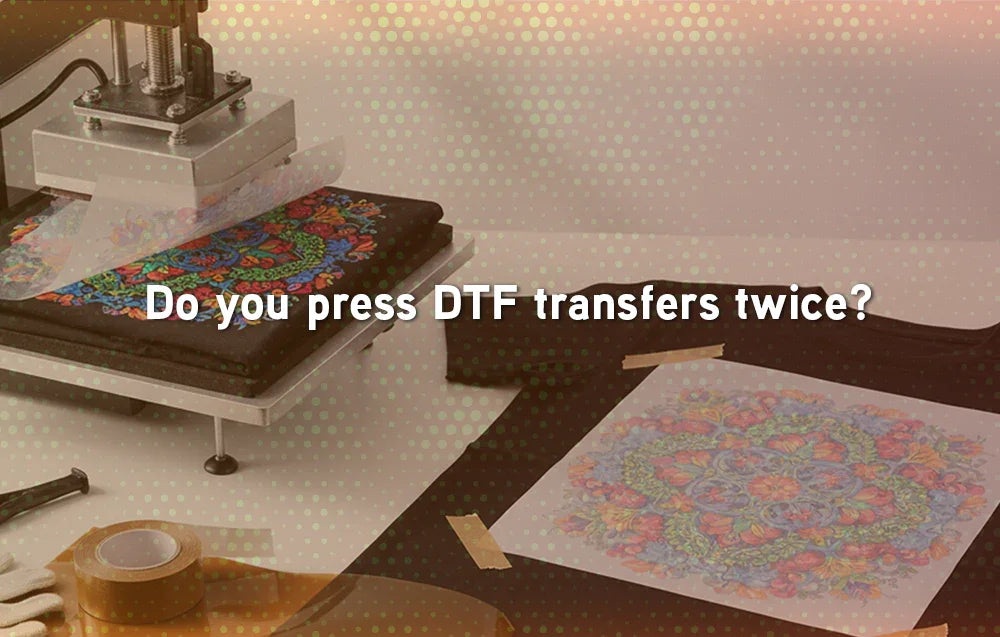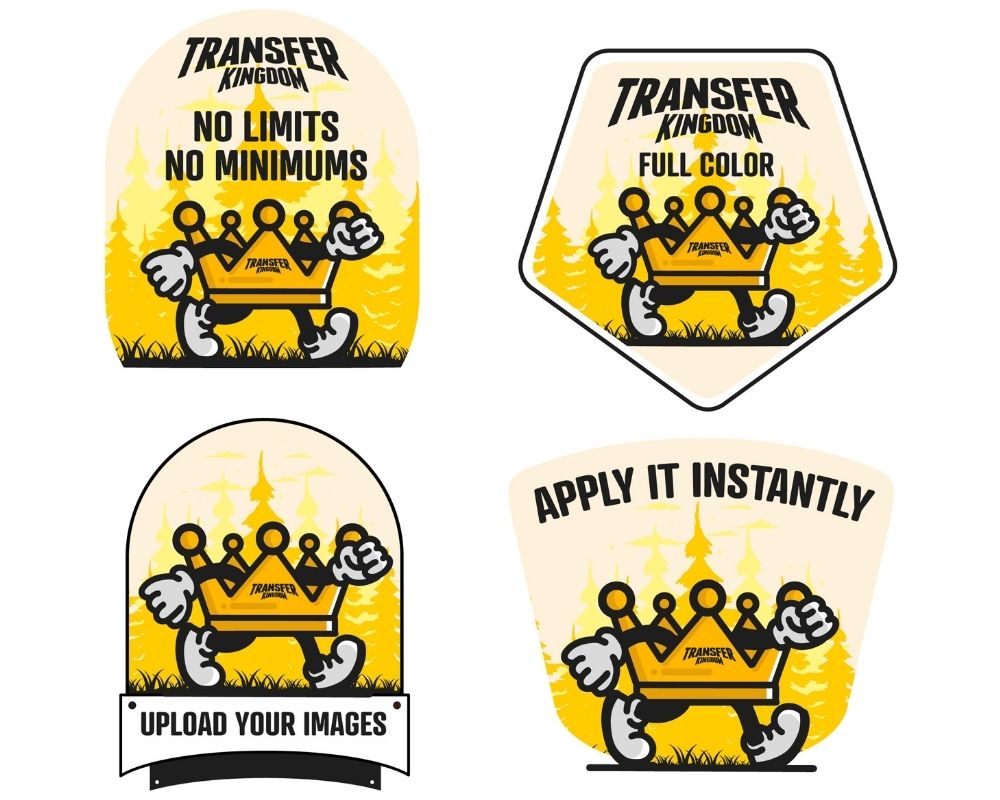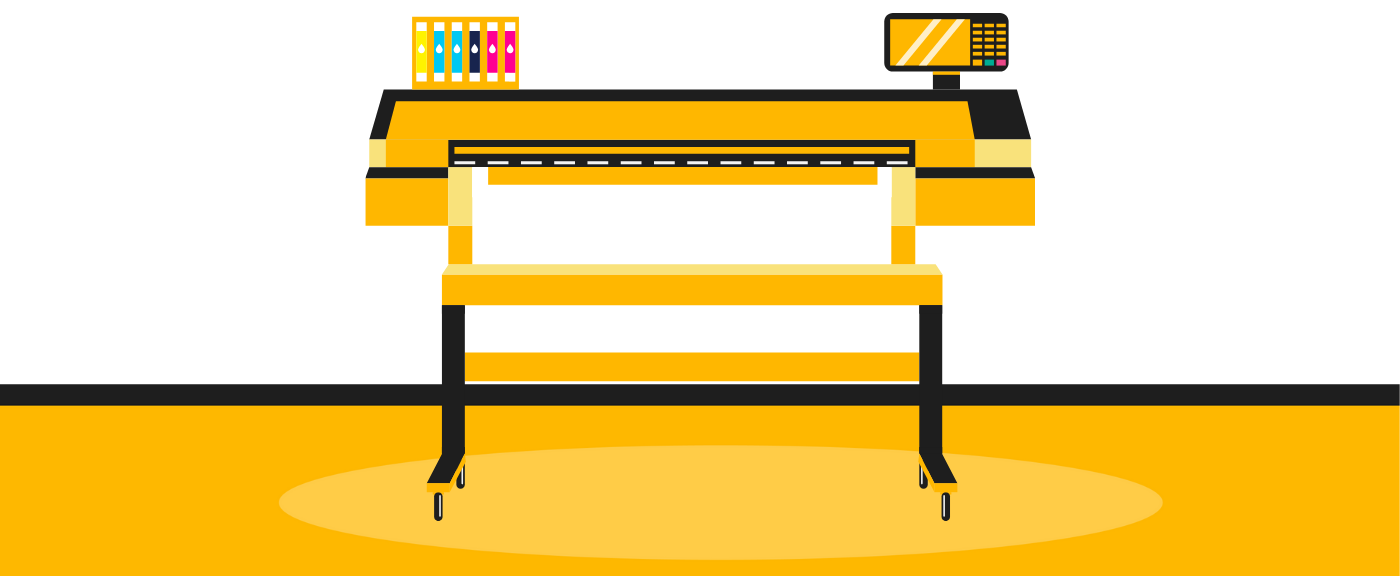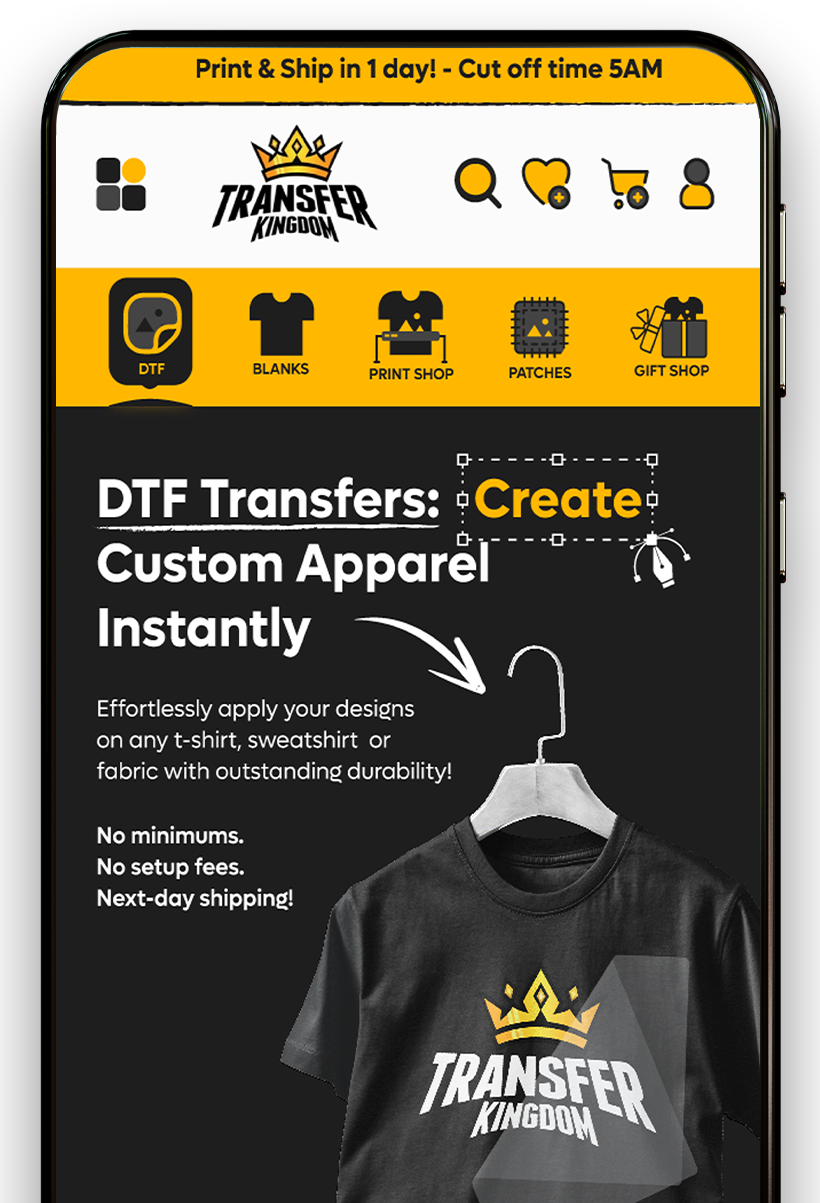Do you press DTF transfers twice?

Many beginners wonder if pressing DTF transfers twice is necessary. The answer? Yes—adding a short post-press after peeling improves adhesion, durability, and wash resistance. In this guide, we’ll explain why you should press DTF transfers twice, how to do it correctly, and when it’s optional versus essential.
The Big Question: Is One Press Enough?
You line up your design, press it once, peel the film, and the print looks perfect. At that moment, it’s tempting to stop and move on to the next shirt. After all, the colors look sharp, the edges are crisp, and the design seems to be bonded securely. But the truth is, what looks flawless on the press table doesn’t always stay flawless once the shirt goes into rotation—worn, stretched, washed, and dried repeatedly.
👉 Because what looks good at first may start peeling or cracking after just a few washes. This is especially true around the edges of letters, thin lines, or intricate details that don’t always receive the same pressure during the first press. That’s where a second press comes in—it doesn’t just repeat the process, it enhances it. By sealing the adhesive deeper into the fibers and locking down those vulnerable edges, a post-press creates a smoother, more durable finish.
Think of the second press as your safety net. It ensures your DTF transfer can handle not only the first wear but also the 30th or 40th wash. Professional shops rely on this extra step because it dramatically reduces returns, reprints, and customer complaints—turning a “good enough” print into a truly retail-quality product.
Why a Second Press Matters
Stronger Adhesion → Corners don’t lift.
Longer Wash Life → Prints survive 50+ washes.
Better Finish → Smooth surface with no rough edges.
Professional Quality → Matches retail-grade apparel.
📌 Quick Recap: First press applies the transfer, second press makes it last.

How to Press DTF Transfers Twice
Step 1: First Press
Temp: 300–320°F (cotton), 280–300°F (polyester).
Time: 10–15 seconds.
Pressure: Medium to firm.
Step 2: Peel Film
Hot peel, warm peel, or cold peel—depends on film type.
Step 3: Post-Press (Second Press)
Place parchment/Teflon sheet over design.
Press again for 2–5 seconds.
Use same temp, medium pressure.
👉 Works best with Custom DTF Transfers for consistent results.
When Should You Always Press Twice?
For Bulk Orders → Guarantees fewer customer complaints.
For Activewear/Polyester → Extra sealing prevents dye migration.
For Specialty Transfers → Glitter, puff, metallic need extra bonding.
For High-Wash Garments → Sports jerseys, work uniforms, merch.
💡 Pro Tip: Pressing twice is a small step that prevents costly reprints later.
Specialty Transfers & Second Press
Glitter DTF → Second press smooths glitter surface → Glitter Transfers.
UV Cup Wrap Stickers → Not needed; designed for hard surfaces → UV Stickers.
Puff DTF → Avoid long second press (flattens puff). Use quick 2 sec seal.
📌 Quick Recap: Second press = great for durability, but adjust for specialty finishes.
Common Mistakes with Second Press
🚫 Pressing too long = scorched fabric or glossy marks.
🚫 Skipping parchment = design may stick to heat plate.
🚫 Over-pressing puff designs = flattens raised texture.
🚫 Forgetting post-press = corners lift after washing.
👉 For safe testing, try Premade Gang Sheets before committing to bulk orders.
Case Study: Houston Brand Success
A Houston streetwear brand had issues with prints peeling after 3–4 washes. They switched to a two-step pressing method—10 sec first press + cold peel + 3 sec post-press.
The result? Their shirts lasted over 40 washes with zero complaints.
📌 Lesson: Pressing twice added just seconds to production but saved hundreds in refunds.
Comparison: One Press vs. Two Presses
| Method | Durability | Wash Life | Risk of Peeling | Professional Finish |
|---|---|---|---|---|
| One Press Only | Medium | 20–30 washes | Higher risk | Good at first |
| Press Twice | High | 40–50+ washes | Low risk | Professional-grade |
💡 Suggested Visual: Side-by-side infographic showing one-press vs two-press results.
Conclusion
So, do you press DTF transfers twice? The answer is yes—if you care about durability, consistency, and professional results. That extra 2–5 seconds makes the difference between a print that peels after a few washes and one that lasts for years. A single press might look fine in the moment, but hidden issues often show up later during washing or heavy use. By taking the time to add a quick post-press, you’re essentially locking in your work and protecting it from wear.
Whether you’re pressing cotton tees, polyester jerseys, or experimenting with Glitter Gang Sheets, the benefits are clear. A second press smooths out rough edges, improves color vibrancy, and strengthens the bond between transfer and fabric. For specialty finishes like puff or glitter, adjusting the timing of that second press ensures the effect looks intentional and professional rather than uneven or unfinished.
Think of it like insurance: spending a few extra seconds on each shirt saves you hours of frustration, costly reprints, and unhappy customers later on. Small clothing brands in Houston and beyond have discovered that adding a post-press step completely transformed their customer satisfaction rates. Instead of dealing with complaints about peeling or fading, they now receive glowing feedback about how their shirts survive wash after wash.
👉 Don’t cut corners—press twice, and press with confidence.
Is pressing twice always required?
Not required, but strongly recommended for durability.
How long should the second press be?
2–5 seconds with parchment or Teflon sheet.
Can I over-press?
Yes, too long can scorch fabric or flatten puff.
Should I press polyester twice?
Yes—helps prevent peeling and improves adhesion.
Do glitter transfers need a second press?
Yes, seals glitter and improves smoothness.
Do UV DTF stickers need pressing twice?
No—they’re designed for smooth hard surfaces.
Can pressing twice fix a bad first press?
Sometimes, but it won’t fix poor artwork or wrong temps.
Does a second press change the finish?
Yes, makes it smoother and more durable.
Is post-pressing beginner-friendly?
Absolutely—simple and highly effective.
Where can I buy transfers to test this?
At Transfer Kingdom: DTF Transfers Ready-to-Press.






